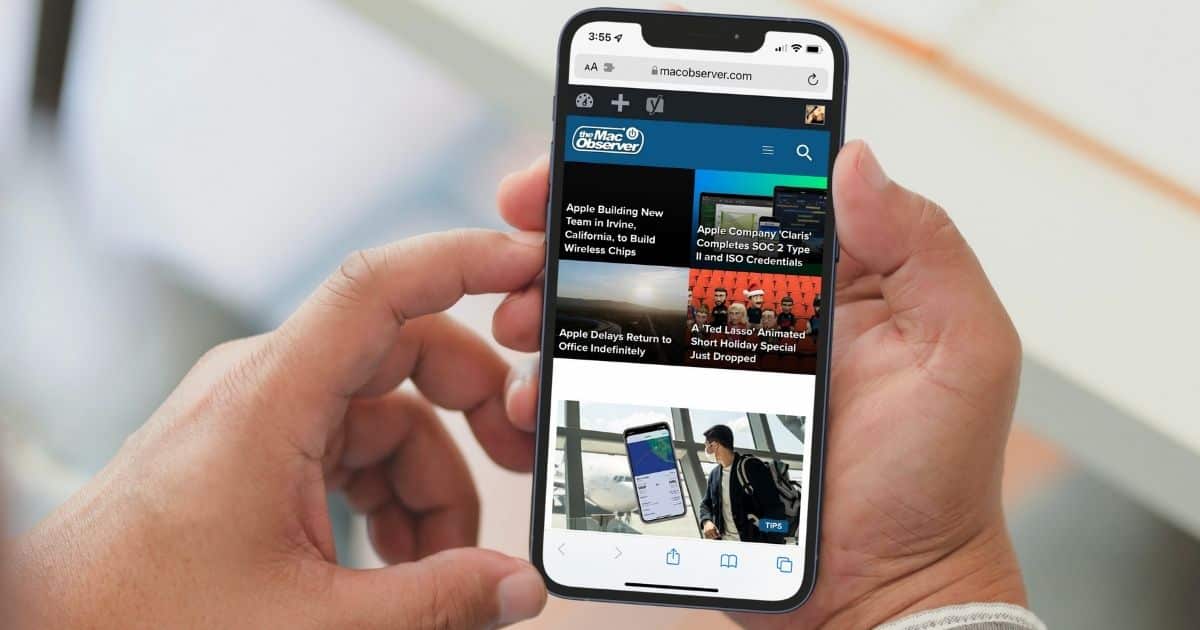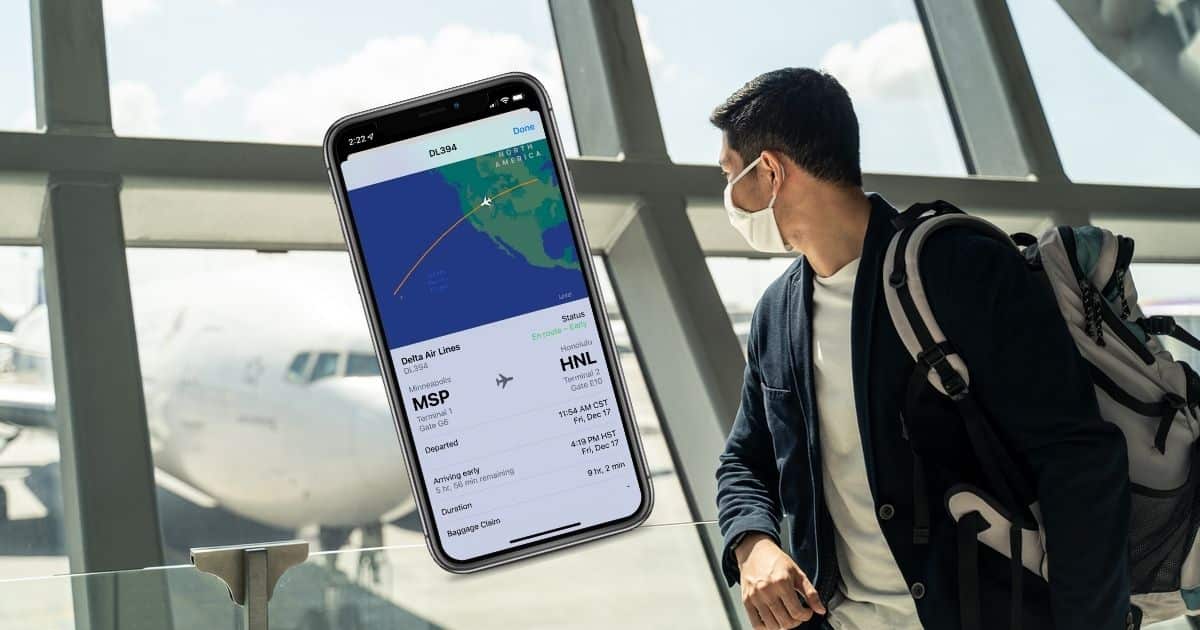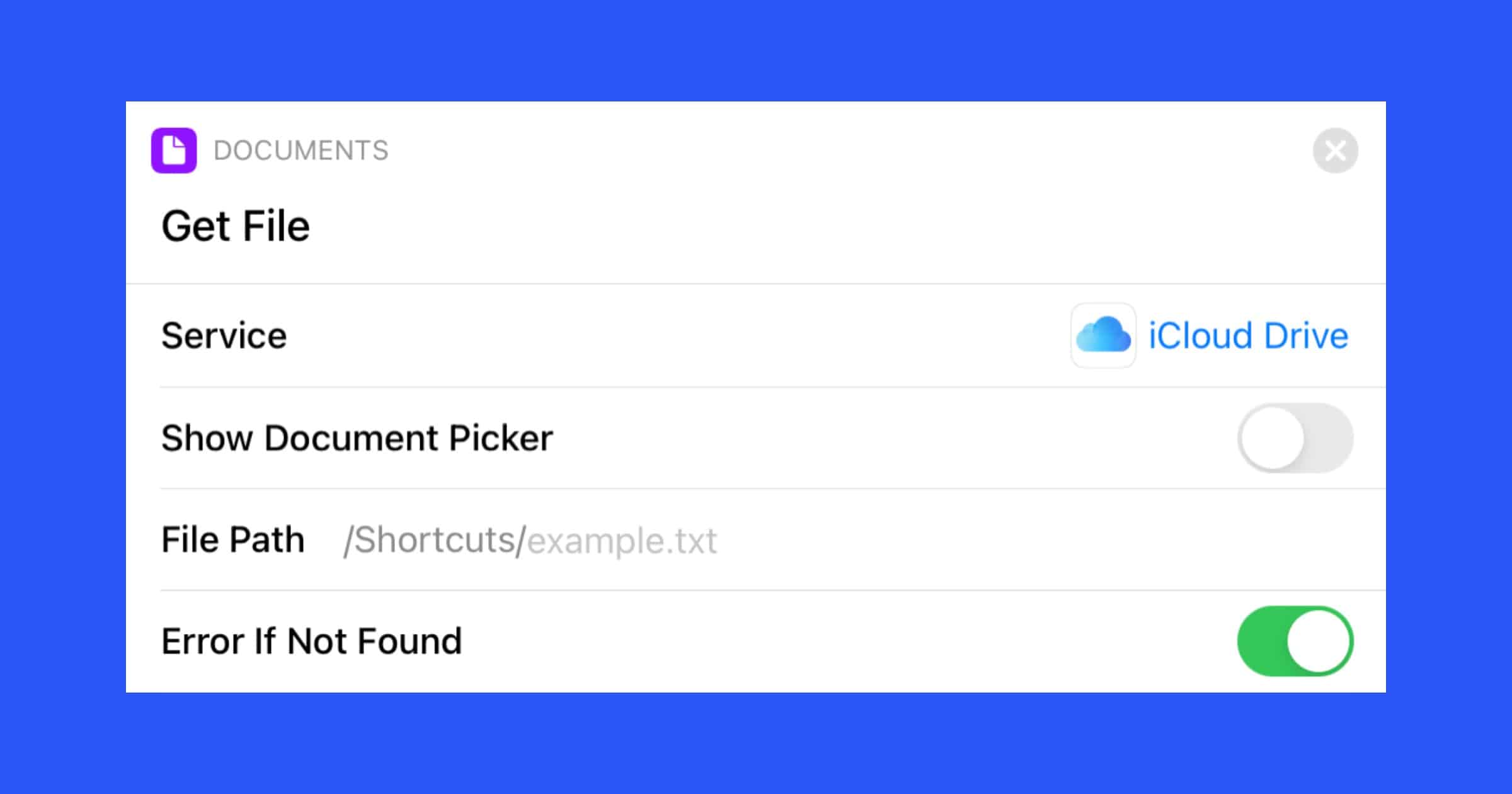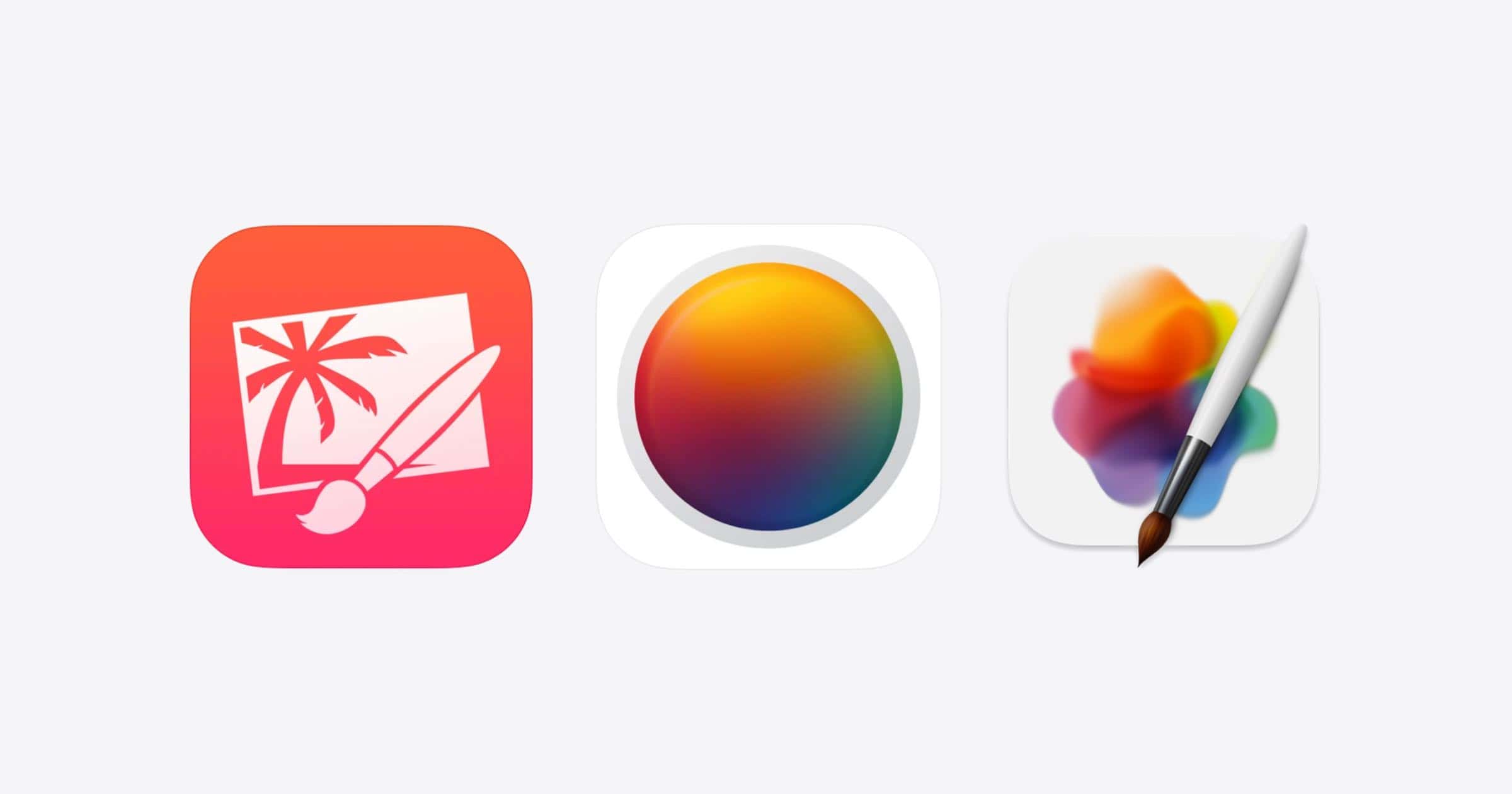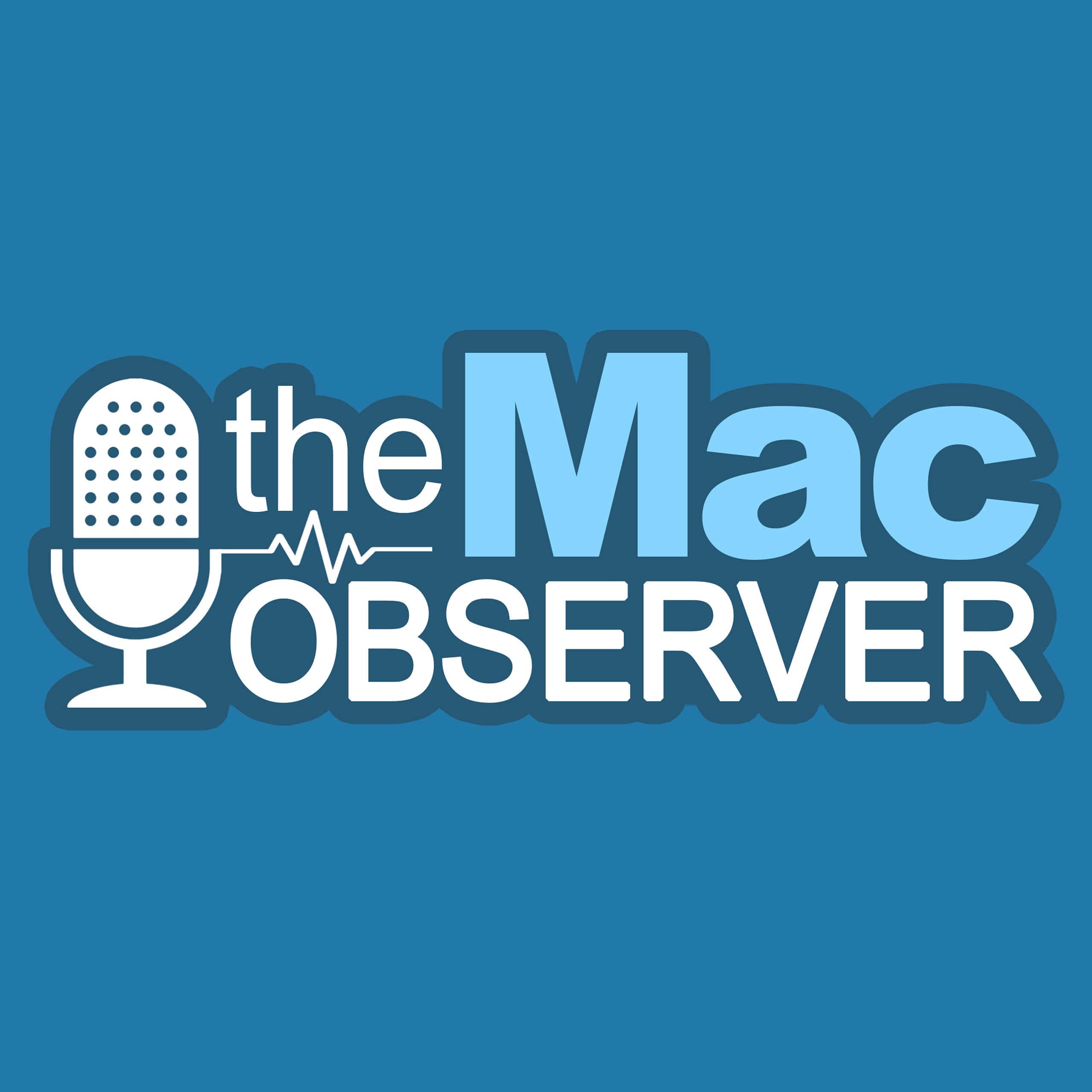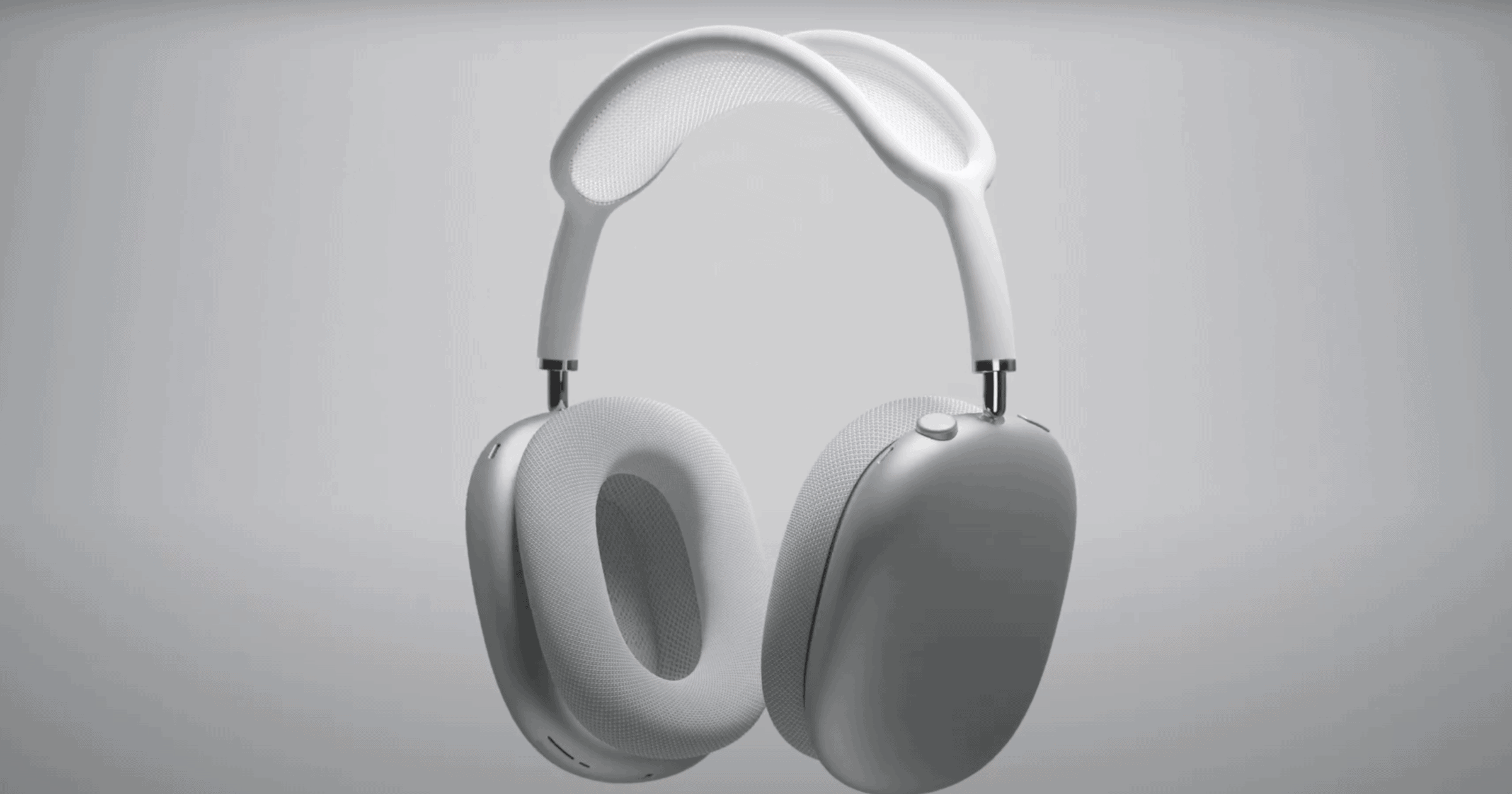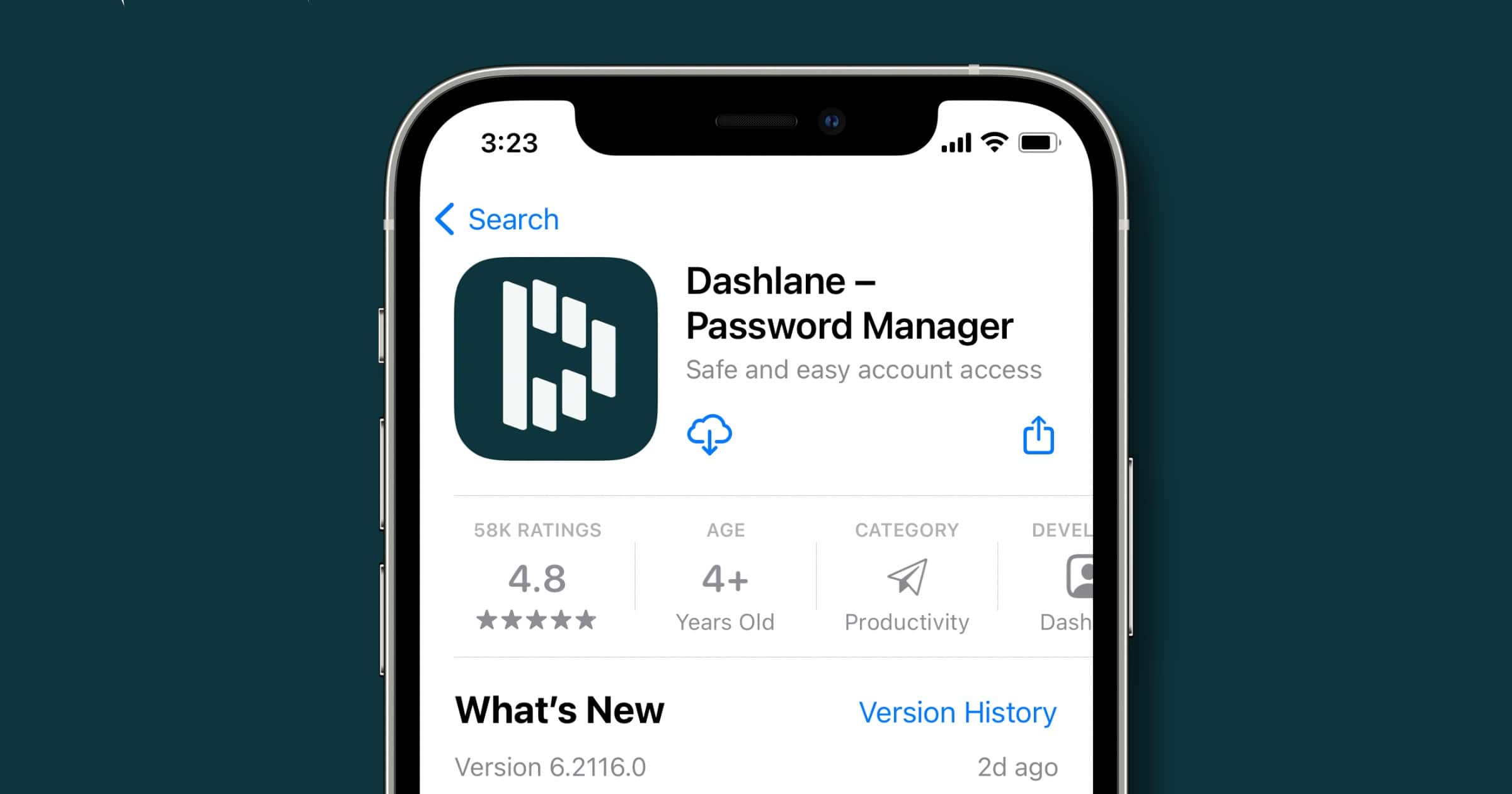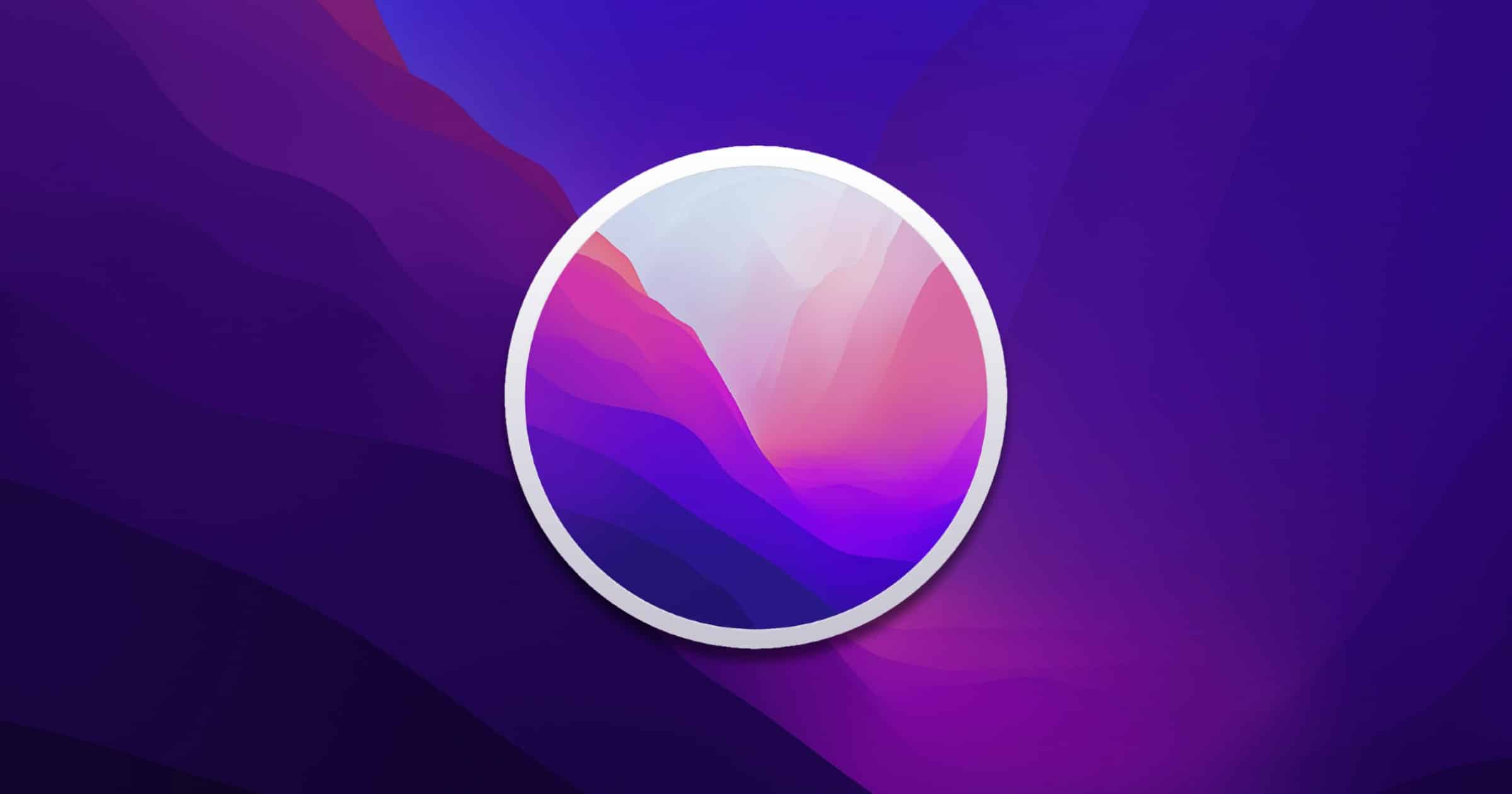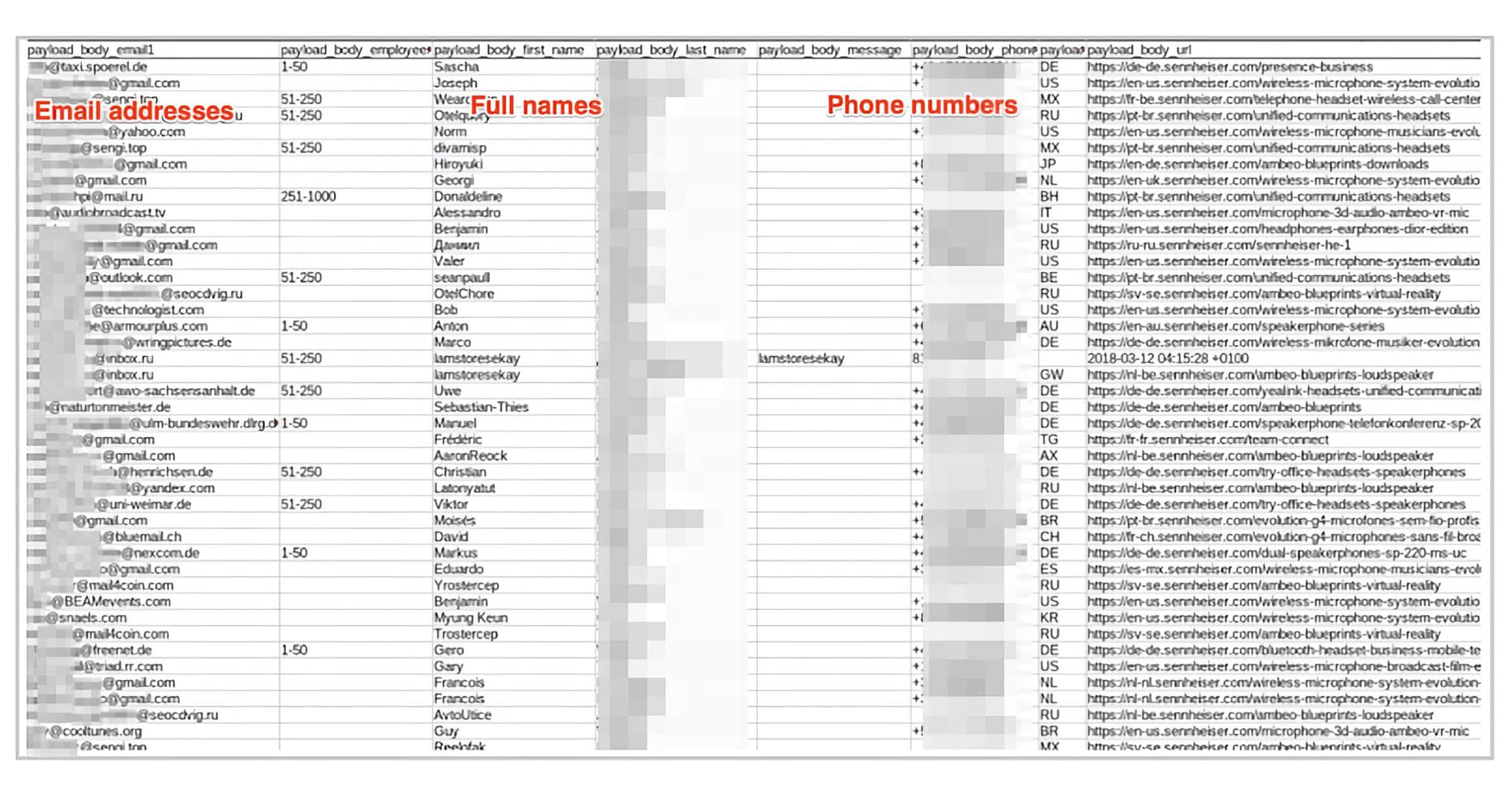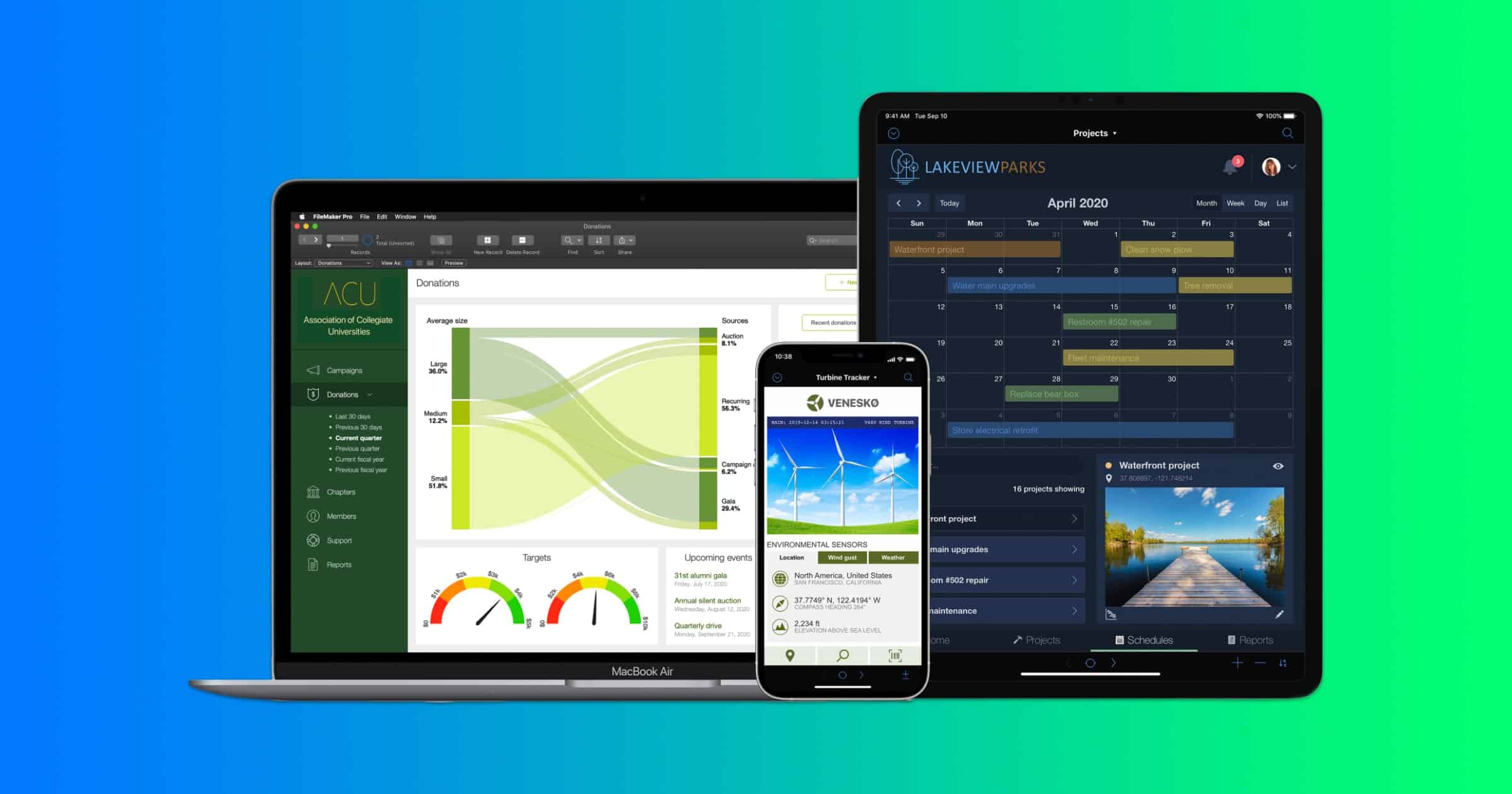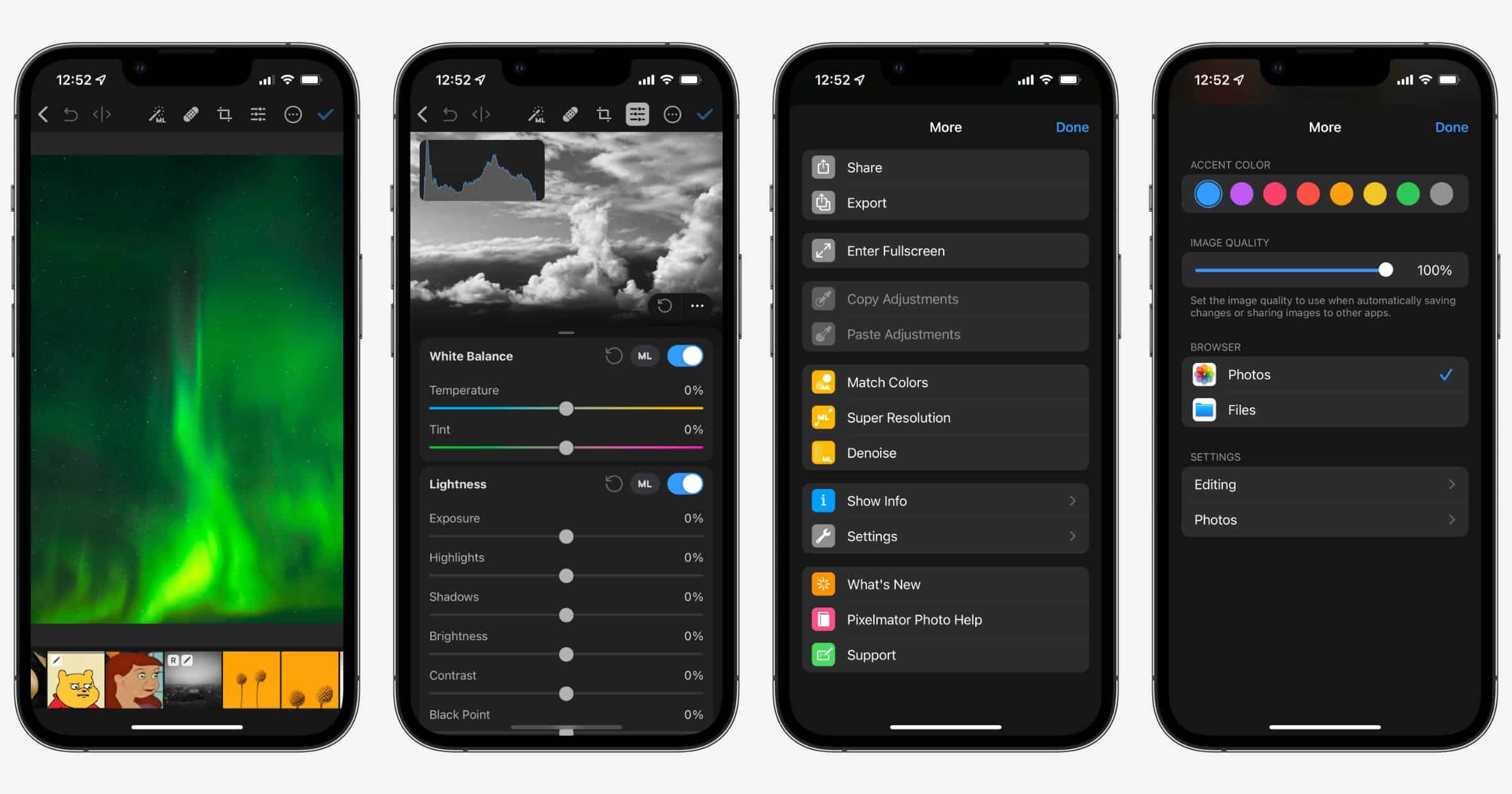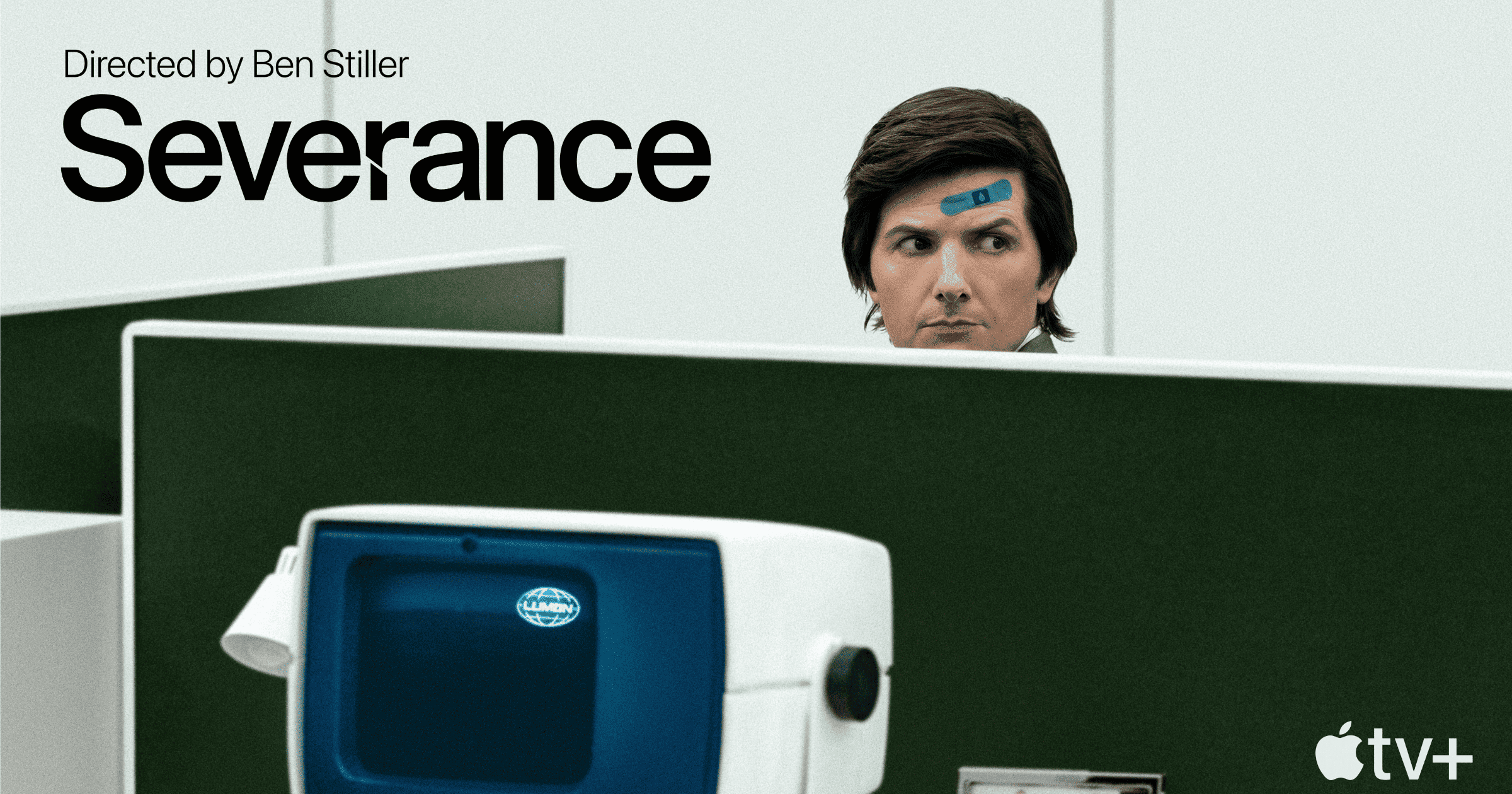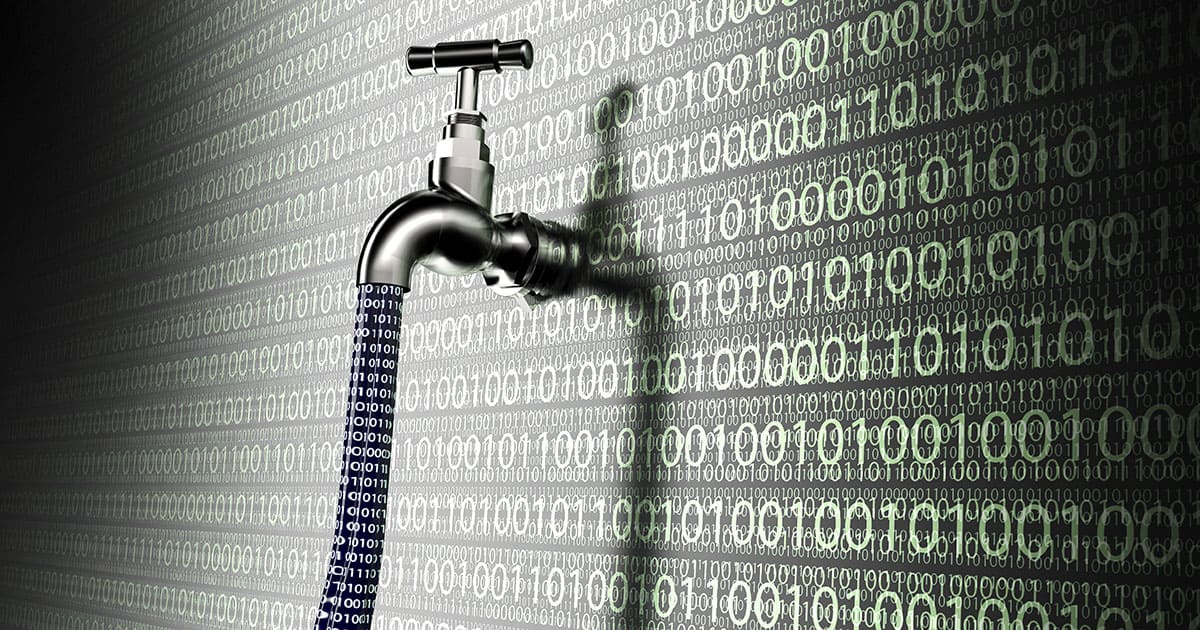If you’re aching to get back Safari’s top address bar, here’s a quick way to do it. You don’t even need to go into the Settings app.
iOS 15 Lets You Track Flights in Messages
You could download a special app for this, but why? Both iOS and macOS let you track flights in Messages or from Spotlight.
Ledger Adds Polygon (MATIC) Support in Ledger Live
Owners of a Ledger cryptocurrency wallet can now manage, buy, and swap MATIC through the Ledger Live app. Polygon (MATIC) is a full-stack Ethereum scaling platform allowing fast transactions and low fees.
You can now create a MATIC account in your Ledger Live app, buy MATIC with our partners (MoonPay), swap them (1inch or Paraswap) and send them through your Ledger Live app, with no need for another wallet! It’s convenient and safe.
Dutch Authority Finds 10 Anti 5G Products That are Radioactive
In a fit of irony, the Dutch authority for nuclear safety and radiation protection (ANVS) issued a warning about radioactive “anti-5G” products.
How to Find and Copy File Paths in iOS Using the Files App
Using file paths in certain shortcut actions helps you automate your file workflows. But did you know you can copy file paths in iOS?
What's the Difference Between Pixelmator, Pixelmator Photo, and Pixelmator Pro?
Now that Pixelmator Photo was released for the iPhone, Andrew wanted to explain the differences between all three of the company’s apps.
Security Friday: This Week in Data Leaks – TMO Daily Observations 2021-12-17
Andrew Orr and Kelly Guimont discuss the security news and updates of the week, including two data leaks and end on a festive note.
Apple Building New Team in Irvine, California, to Build Wireless Chips
Apple is hiring engineers to work in a new office in Irvine, California and develop wireless chips in-house.
iOS 15: How to Use Headphone Accommodations for AirPods
Headphone Accommodations is a new accessibility feature for supported AirPods and Beats headphones in iOS 14 to tune your audio.
Loving AirPods Max After Using Them For a Year
The AirPods Max headphones were met with quite a lot of skepticism when they were first released, thanks largely to the US$549.00 price point. Over on iMore, Joe Wituschek explains why he loves his, a year after getting them.
After using AirPods Max for about a year now, I can say that the experience of these headphones is phenomenal. If you love good audio and are in the Apple ecosystem, it’s tough to find a better pair of over-the-ear headphones. Not only are they integrated with Find My and Apple’s quick pairing and switching between devices features, but they sound incredible. Now, sound quality can be subjective in a lot of ways – everyone has a different preference of what they want to hear. More bass, more treble, more detail, and a host of other preferences can make some headphones better for certain people. However, it is easy to recognize for most when you are wearing a pair of quality headphones. You can hear the difference. You hear more at higher volumes with more clarity and less distortion. And these headphones nail all of those things. You truly get immersed in what you are listening to.
Some Essential Siri Commands For The Apple Music Voice Plan
The release of iOS 15.2 and watchOS 8.3 brought with it the Apple Music Voice Plan. While I’m still skeptical about why the plan exists, Apple Must has a good list of useful Siri commands if you’re using it.
To start the trial? Just use Siri and say “Hey Siri, start my Apple Music Voice trial,” though you can also sign up through the Apple Music app. So, what can it do? You can Play, pause, skip forward and skip back on tracks. You can raise and lower volume. One good trick is to ask Siri how loud it is now, and then reduce it in percentages, such as “Play Music at 35% volume”. Apple Music Voice Plan also lets you access Apple Music’s entire lineup of playlists, including Today’s Hits, R&B Now, danceXL, The Agenda and others. You should be able to check through what’s available in the Apple Music app, though you won’t be able to play anything unless you use Siri.
'The Tragedy of Macbeth' Premiere Takes Place in Los Angeles
Apple Original Films hosted a premiere of The Tragedy of Macbeth in Los Angeles attended by stars and company executives.
'Dashlane' Password Manager Updates With New Menu, Quick Actions
Dashlane has updated its iOS app to help users save time. The way the Dashlane iOS app was structured, items in your vault, like passwords, personal and payment info, Secure Notes, and IDs, all required two taps to get to. Now, those key items are just a tap away thanks to the new horizontal menu sitting at the top of the main screen. Dashlane has added something they call “quick actions” to items. By tapping the three dots on the right hand side of each item listed in the user’s vault, it will bring up a mini-menu that will allow users to copy different parts of their credentials or personal data, share or delete the item, or open the corresponding website. Dashlane has moved the notifications to the bottom menu of the app, right next to the home button. Now, users can’t miss security alerts, sharing invites, or product updates.
Apple Releases macOS Monterey 12.2 Developer Beta One Without Universal Control
Apple seeded the fist developer beta of macOS Monterey 12.2 on Thursday. MacRumors reported on the, rather limited, details that were available. One thing missing was Universal Control.
Registered developers can download the beta through the Apple Developer Center and after the appropriate profile is installed, betas will be available through the Software Update mechanism in System Preferences. We don’t yet know what’s included in macOS Monterey 12.2, but Apple has yet to implement a major feature — Universal Control. Universal Control is designed to allow a single mouse and trackpad to be used with multiple Macs and iPads, and Apple has said it will be launching this spring.
Sennheiser Leak Exposed 55GB of Data for Thousands of Customers
Led by Noam Rotem and Ran Locar, vpnMentor’s research team recently discovered a cache of data from audio company Sennheiser. It appears to be from an old cloud account that’s been dormant since 2018. Over 28,000 Sennheiser customers were exposed, with sensitive private data leaked.
While it’s unclear how all this data was collected, it appears to be from customers and businesses requesting samples of Sennheiser products.
Examples of entries: Full names, Email addresses, Phone numbers, Home addresses, Names of companies requesting samples, Number of the requesting company’s employees
Here's What Coinbase and Intel Think About the 'Metaverse'
“The Metaverse” has been hyped in the news recently by companies such as Facebook/Meta. Brian Armstrong, CEO and cofounder of crypto exchange Coinbase, as well as Raja Koduri, Senior vice president and General manager of the Accelerated Computing Systems and Graphics Group at Intel, both recently shared their thoughts.
From Mr. Koduri: “Truly persistent and immersive computing, at scale and accessible by billions of humans in real time, will require even more: a 1,000-times increase in computational efficiency from today’s state of the art.”
From Mr. Armstrong: “The Metaverse is the distant evolution of Web3. In its most complete form, it will be a series of decentralized, interconnected virtual worlds with a fully functioning economy where people can do just about anything they can do in the physical world.”
Apple Company 'Claris' Completes SOC 2 Type II and ISO Credentials
Claris completed its SOC 2 Type II audit and ISO credentials for FileMaker Cloud and its automation platform, Claris Connect.
How to Use the New 'Pixelmator Photo' App on iPhone
Pixelmator Photo was released for the iPhone on Thursday, and due to the smaller screen the UI is different than on the iPad.
Unstoppable Domains and Alchemy Launch API for Enterprise NFT Domains
On Thursday, Unstoppable Domains announced a partnership with Alchemy. The companies have launched an API for NFT domain name integrations.
'Severance' From Ben Stiller Debuts February 18 on Apple TV+
‘Severance ‘will debut on February 18, 2022 with first two episodes of the drama from Ben Stiller available on that date.
Dr Mac's Gift Picking Sequel – TMO Daily Observations 2021-12-16
Dr Mac is back with more gift ideas, including some alternatives to Apple gear and ways to listen to your audio of choice.
'Pixelmator Photo' Launches for iPhone With 50% Off Introductory Deal
Previously only available for iPad, Pixelmator has released the Pixelmator Photo app on iPhone. It features over 30 desktop-class color adjustments, support for over 600 RAW image formats, including Apple ProRAW, deep integration with the Photos app and iCloud Photos, tools powered by groundbreaking machine learning technologies, and much more. It even includes the company’s ML Super Resolution tool, a way to scale up your images using AI. So far I haven’t seen any actions for Pixelmator Photo within Shortcuts. The price says that the deal is US$3.99, but it downloaded for free on my iPhone because I already had Pixelmator.
SiriusXM Platinum VIP Plan Offers 12 Months Free Apple Music
SiriusXM announced a special deal for new and existing subscribers to its Platinum VIP plan. Customers can activate free Apple Music.
US Logistics Company 'D.W. Morgan' Leaks Data Through Amazon S3
A report from Website Planet reveals D.W Morgan left an Amazon S3 bucket unprotected, resulting in the exposure of over 2.5 million files.
An Amazon S3 bucket owned by D.W. Morgan was left accessible without authorization controls in place, exposing sensitive data relating to shipments and the company’s clients.
As a market leader, D.W. Morgan provides services to some of the biggest companies in the world and there are major Fortune 500 organizations with data exposed on the open bucket.
